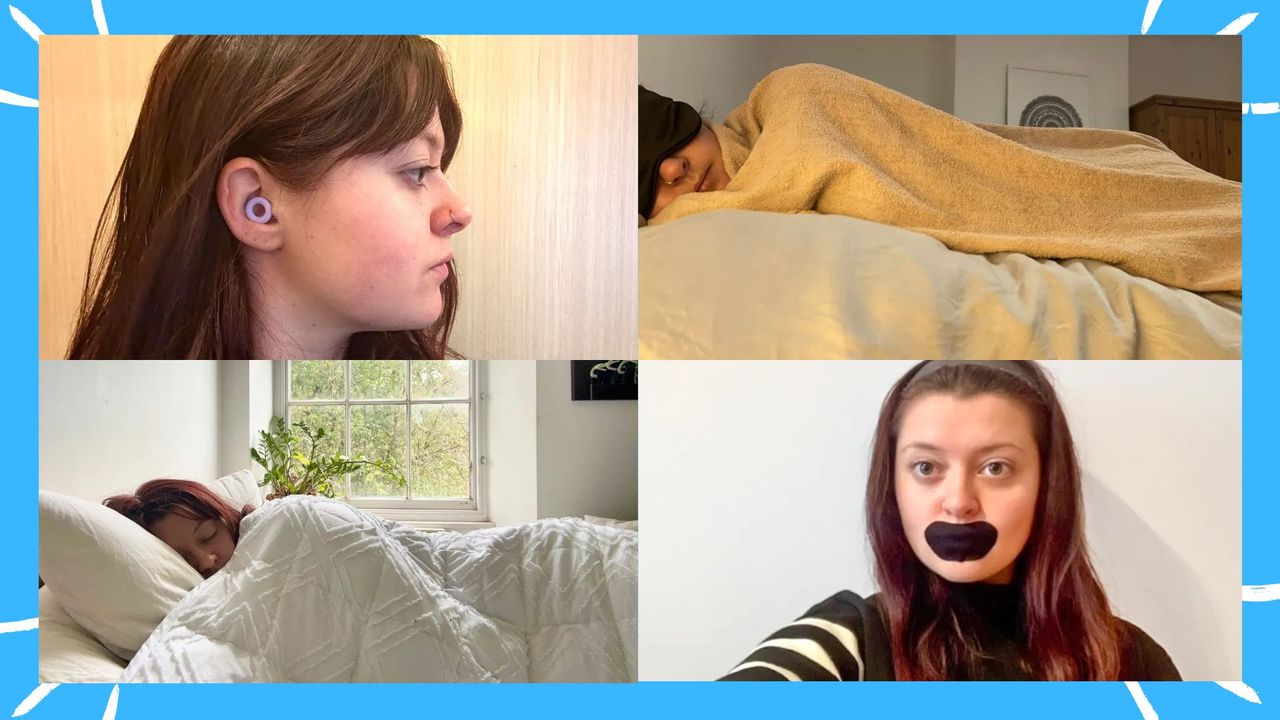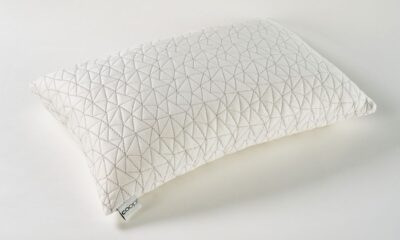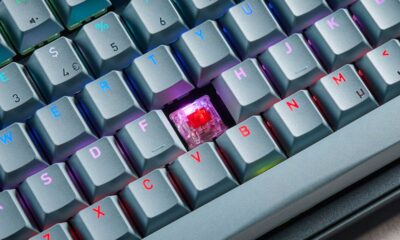Health
Discover Three Proven Methods for Falling Asleep Quickly

After testing various techniques to improve sleep quality, the Sleep Features Editor for Tom’s Guide has identified three effective methods for falling asleep quickly. The editor’s exploration involved nine different strategies, but only a few proved reliable enough for consistent use. The findings highlight the importance of personalized approaches to sleep, as what works for one individual may not work for another.
Exploring Nine Sleep Techniques
The journey to find effective sleep methods began with an understanding of sleep latency, which is the time it takes to fall asleep. Typically, normal sleep latency ranges from 10 to 20 minutes, but many people experience longer delays. To address this, the editor tested nine different strategies, aiming to reduce sleep latency to just 10 minutes.
The methods explored included:
- Cognitive shuffling: Scrambling thoughts by visualizing random, unrelated objects.
- ASMR: Listening to satisfying sounds that induce relaxation.
- Mouth tape: Restricting mouth breathing to encourage nasal breathing during sleep.
- Blocking out stimuli: Using sleep masks and earplugs to eliminate distractions.
- Breathing exercises: Techniques that stimulate relaxation through controlled breathing.
- Progressive muscle relaxation: Tensing and relaxing muscles in sequence to relieve tension.
- Cricket feet: Rubbing feet together to promote relaxation.
- Egyptian method: Sleeping under a damp towel to cool the body.
- Warm bath: A warm bath followed by transitioning to a cooler environment.
Three Effective Methods for Quick Sleep
From the nine methods tested, the editor found three that consistently facilitated quicker sleep:
Cognitive shuffling emerged as a standout technique. Developed by scientist Dr. Luc P. Beaudoin, this method capitalizes on the brain’s natural tendency to drift into nonsensical thought patterns before sleep. By visualizing random objects and quickly switching between them, the brain’s need for rational thought diminishes, promoting relaxation. The editor reported falling asleep within 10 minutes using this approach.
Another valuable technique is blocking out noise and light. Living in a bustling city, the editor found that combining a blackout sleep mask with earplugs effectively created a serene sleep environment. The padded silk mask provided complete darkness, while the earplugs eliminated disruptive sounds, resulting in uninterrupted sleep.
The third effective method involves taking a warm bath before bed. This practice signals to the body that it is time to wind down. The warmth of the bath relaxes muscles, and the subsequent drop in core body temperature creates a conducive environment for sleep. Adding lavender essential oil enhances relaxation through soothing scents.
Methods to Avoid for Better Sleep
Despite the variety of techniques available, some may not be worth the effort. The editor advises against three specific methods:
Mouth taping is one such method that poses risks. Initially perceived as a simple solution for improving sleep quality, the editor found that it led to heightened anxiety and discomfort, particularly in the presence of nasal congestion. The potential for breathing difficulties and the risk of vomiting make this method a poor choice for better sleep.
The Egyptian method, which involves sleeping under a damp towel, proved to be uncomfortable. While it may provide temporary cooling relief during hot nights, the sensation of wet fabric was distracting and ultimately hindered sleep quality. Additionally, the moisture can damage mattresses over time, leading to potential mold growth.
Finally, the cricket feet technique, which entails rubbing feet together, offers little more than a natural instinct to get comfortable. The editor found that actively thinking about this method was too stimulating, detracting from the goal of falling asleep quickly.
In conclusion, achieving restful sleep often requires experimentation and adaptation. While the three recommended methods—cognitive shuffling, blocking out noise and light, and taking a warm bath—proved effective for the editor, individuals should find what works best for them. By avoiding less effective techniques, one can streamline the journey toward better sleep.
-

 Technology5 months ago
Technology5 months agoDiscover the Top 10 Calorie Counting Apps of 2025
-

 Health3 months ago
Health3 months agoBella Hadid Shares Health Update After Treatment for Lyme Disease
-

 Health3 months ago
Health3 months agoErin Bates Shares Recovery Update Following Sepsis Complications
-

 Technology4 months ago
Technology4 months agoDiscover How to Reverse Image Search Using ChatGPT Effortlessly
-

 Technology1 month ago
Technology1 month agoDiscover 2025’s Top GPUs for Exceptional 4K Gaming Performance
-

 Technology3 months ago
Technology3 months agoElectric Moto Influencer Surronster Arrested in Tijuana
-

 Technology5 months ago
Technology5 months agoMeta Initiates $60B AI Data Center Expansion, Starting in Ohio
-

 Technology5 months ago
Technology5 months agoRecovering a Suspended TikTok Account: A Step-by-Step Guide
-

 Health5 months ago
Health5 months agoTested: Rab Firewall Mountain Jacket Survives Harsh Conditions
-

 Lifestyle5 months ago
Lifestyle5 months agoBelton Family Reunites After Daughter Survives Hill Country Floods
-

 Health3 months ago
Health3 months agoAnalysts Project Stronger Growth for Apple’s iPhone 17 Lineup
-

 Technology4 months ago
Technology4 months agoHarmonic Launches AI Chatbot App to Transform Mathematical Reasoning





















